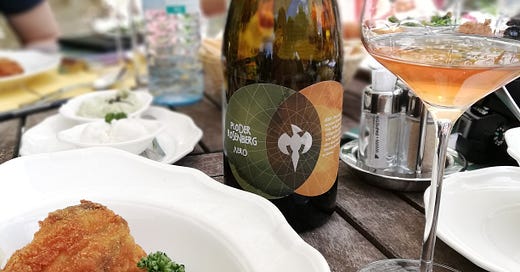Is food and wine pairing irrelevant?
Simon gets grumpy about the state of food and wine pairing in restaurants, outlines some of the most deadly sins and ponders if this fussed over topic is even still relevant.

The wine world abounds in rituals. From cork sniffing to letting the wine breathe, some are harmless, others less so. The modern obsession with food and wine pairing probably causes as much fear and consternation amongst restaurant diners as it brings joy or gastronomic nirvana.
Wine pairing menus are a kind of solution for the unwary, and they’ve become an essential pillar of any fine dining establishment’s offering. Their carefully curated choices dovetail perfectly with the chef’s vision (née ego) and all 23 ingredients, dots, foams, smears and foraged whatnots on the plate. At least in theory.
For food and wine pairing has become a complex science in an age of Nordic minimalism, recherché fermentation and plant-based everything. The days of white with fish, red with meat are long gone. But does the concept still have any validity in an age when restaurant dishes have become so involved? Even food and wine matching expert Fiona Beckett sits on the fence. She says “The more complicat…
Keep reading with a 7-day free trial
Subscribe to The Morning Claret to keep reading this post and get 7 days of free access to the full post archives.




